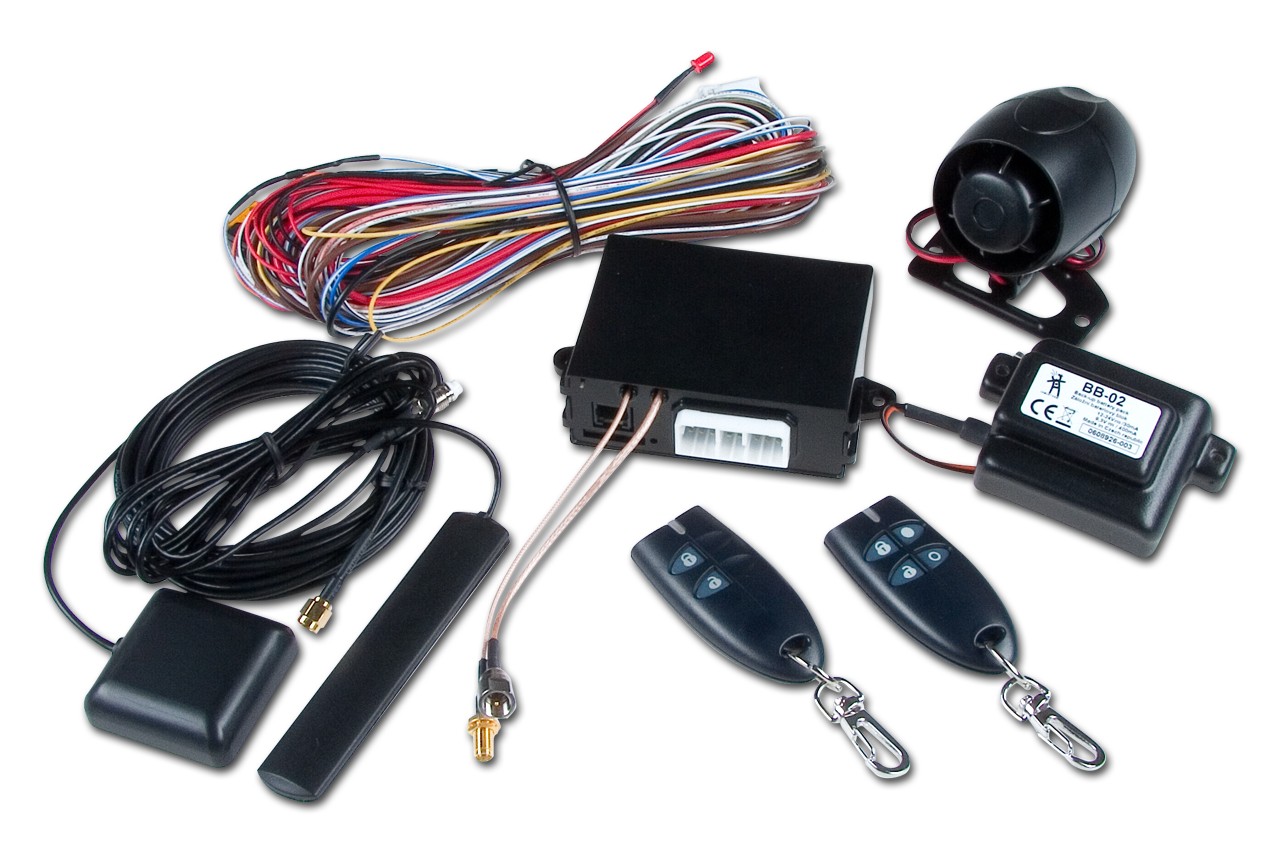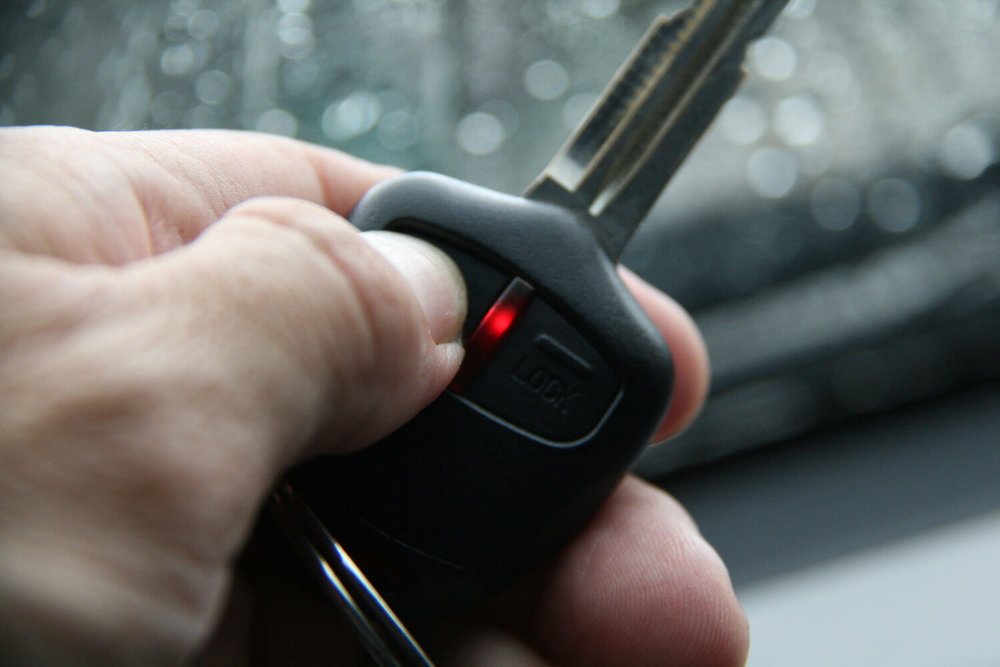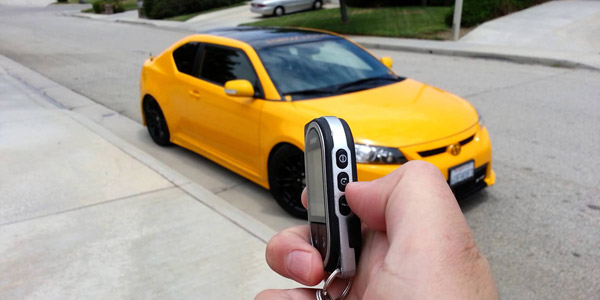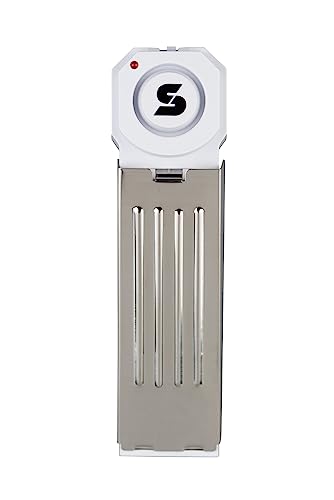Installing a car alarm in your vehicle simply makes good sense. Whether you have decided to add extra security and other features to your car’s existing alarm system or if you have obtained a used vehicle that doesn’t have an alarm, you simply can’t go wrong by installing an alarm.
There are a number of practical benefits, and in some areas, the addition of an alarm system can lower the cost of car insurance. This article provides an explanation of how to install a car alarm in 10 easy steps.
Why Is a Vehicle Alarm Important?
Automotive theft and break-ins are a danger to us all. Over $6 billion is lost annually due to vehicle theft, according to the FBI.
The average loss per theft is reported to be $7,680. A vehicle is stolen in the United States every 30 to 40 seconds. The rate of vehicles stolen has been 236.9 per 100,000 people.
The danger is not just from stolen vehicles. Theft of parts and property in your vehicle is also a significant problem. Thieves want whatever the can sell, including radios, wheel covers and parts.
The most popular items left in vehicles include phones, iPads, GPS units, purses, wallets, briefcases, money, shopping bags, MP3 players, CDs, keys, laptops and anything of value.
These statistics are cause for concern. You must do whatever you can to protect your vehicle and your property. You need to install a car alarm that has the functionality that you need.
What Will A Car Alarm Installation Do for You?
A car alarm should help secure your vehicle and your property. The benefits are the following:
- Prevent your vehicle from being stolen
- Protect the contents in your vehicle
- Prevent vehicle burglaries and vandalism
- CheckProvide protection in the event of an emergency
- CheckProvide you with peace of mind
Installing a car alarm is an excellent way to protect your car and what’s in it. There are many alarm systems available that you can install in your car. Installation is surprisingly straightforward. Pay close attention to the directions, and double check as you go.
Step 1: Choose the Alarm That Is Best for Your Needs
Choose your alarm system carefully. Car alarm systems are available with a variety of features from a number of suppliers. Alarm systems are offered with varying degrees of complexity. Decide what you want from an alarm system. Search based upon your preferences.
The best car alarm for you will depend on your budget, your vehicle and the features that are important to you. Do you want a two-way alarm system, or will a one-way system be right for you? How many sensors do you want? There are sensors for shock, glass breaking, motion detection, tilt, proximity and impact. How far away do you want the remote to be able to function?
What other features do you want – starter kill, door deadlock, dynamic codes, biometric fingerprint reader, GPS tracking device, remote control, smartphone integration, car finder, immobilizing, remote start, power door locks, trunk opener, passive arming, active arming, automatic rearming, ignition-controlled door locks, factory alarm arm/disarm, grounded output when armed, dome light output or parking light output? Complex alarm systems may need to be installed by a professional.
The installation process will be simplified if you can identify an alarm that was designed for your car. Most automobile manufacturers offer an alarm system as an option, and the installation of a unit from your car maker can be incredibly straightforward. Computer reprogramming could be needed, but your dealer can handle that.
Step 2: Read the Manual and Plan the Installation
Once you have purchased an alarm system, it is very important to read the manual as well as relevant sections of your vehicle’s manual. A lot of people think they can wing it or read as needed. Please read the manuals first. Your safety and security are not things to be taken lightly.
Plan the complete installation before you begin any work on the vehicle. You must ensure that the alarm will function correctly and that the installation will be clean and look professional.
Step 3: Gather the Materials and Tools Needed
You will need the following tools and materials:
- Handheld drill
- Electrical tape
- Multimeter
- CheckMechanic’s gloves
- CheckWire strippers/cutters
- CheckCrimping tool or soldering iron
- CheckZip ties

After purchasing the alarm system, read the manual and note any additional tools that may be required for proper installation.
Step 4: Disconnect the Battery
Disconnect the battery before you begin the installation. Identify any airbag wiring, and do not wire into an airbag circuit. Airbag wiring usually has yellow covers and connectors.
Step 5: Install the Siren
Decide where to install the siren. Identify a flat metal surface for mounting. The siren – the part that emits a high-pitched sound – needs to be in the engine bay, and it should be unobstructed.
Keep the siren at least 18 inches away from hot components in the engine, such as the exhaust manifold or turbocharger. Position the siren facing down so there is little chance that water will enter the audio equipment.
Find a hole for the wiring. The wiring must pass through the firewall that provides separation between the engine and the car’s interior. Look for an existing hole that already has wires passing through, and use this space if possible.
If there isn’t an existing hole, drill a small hole into a rubber or plastic section of the firewall. This hole will be used to run a power line from the “brain” of the alarm to the battery. Wiring a fuse into this line is a good idea.
Do not drill a hole through metal in the firewall. You risk damaging important components, and this could cause premature corrosion or other problems.
Step 6: Wire the Alarm Into the Car
Find where the alarm computer connects. Decide where the car alarm “brain” should reside. Use the car alarm manual for directions in this regard.
Some car alarms have standalone computer units that are to be mounted in the engine compartment near the siren, but most aftermarket alarm systems are wired into your car’s computer that is hidden inside the dashboard. The most common locations are under the dashboard on the driver’s side or behind the glove compartment.
Install additional sensors. Any additional sensors should be installed wherever the manufacturer suggests.
Then plan the placement of the arming indicator. Most systems utilize some sort of indicator to display when the alarm system is active. This indicator is usually a small LED light mounted somewhere in the dash. Once you have determined the best location, drill a small hole. Secure the light in place, and wire it to the system.
Step 7: Connect the Battery
Connect the power line from the alarm system to the car battery. The alarm system should power up when the car is turned on. Some alarm systems may require additional calibration initially, so check the alarm system manual before continuing.
Step 8: Test the Alarm

Arm your alarm system, and then test to see if it is functioning as it should. Test each of the alarm’s features. Try opening the car door after arming the alarm.
Step 9: Bundle and Secure the Wires
Once you have determined that the system is functioning properly, use zip ties or electrical tape to bundle the loose wires and protect the connections.
Now that the wires are bundled together, secure the wires and the brain somewhere inside the dashboard. Do this to prevent the unit from being jostled. This will also make the installation look professional.
Step 10: Use Your Alarm System, and Feel Safer and More Secure
Now, use the alarm system. Make sure you know how to use each of the features, and use the alarm as it as it was intended to be used. Arm the alarm whenever you leave your car.
Feel safer and more secure, because the odds that your car will be stolen or broken into are now much lower. Even though you have a state-of-the-art alarm system, fundamental safety precautions should always be taken.
Always lock your car, even while you are driving. When parked, be sure to close all windows and the sunroof. Know where you are going, and plan your route to avoid high-crime areas if possible.
Park near other cars in well-lit areas. Use a lot with an attendant, if possible. Never leave a car unattended while it’s running. Hide your valuables and personal property in the trunk. If you don’t have trunk space, take valuables with you or hide them in the glove box, under the seats, or in other compartments within the car.
No products found.No products found.

Congratulations on the Successful Installation of Your Car Alarm
Now you know how to install a car alarm. Installing an alarm in your car is a relatively simple way to ensure that your car and your property are protected from criminals. The installation process may seem daunting, but don’t let this stop you.
You’ll find that it’s easier than assembling gifts for children at Christmas. Once you successfully install your car alarm, you will be much safer from theft and break-ins.
Last update on 2023-04-15 at 07:41 / Affiliate links / Images from Amazon Product Advertising API






This content is well-detailed and easy to follow. Thank you for the guide!